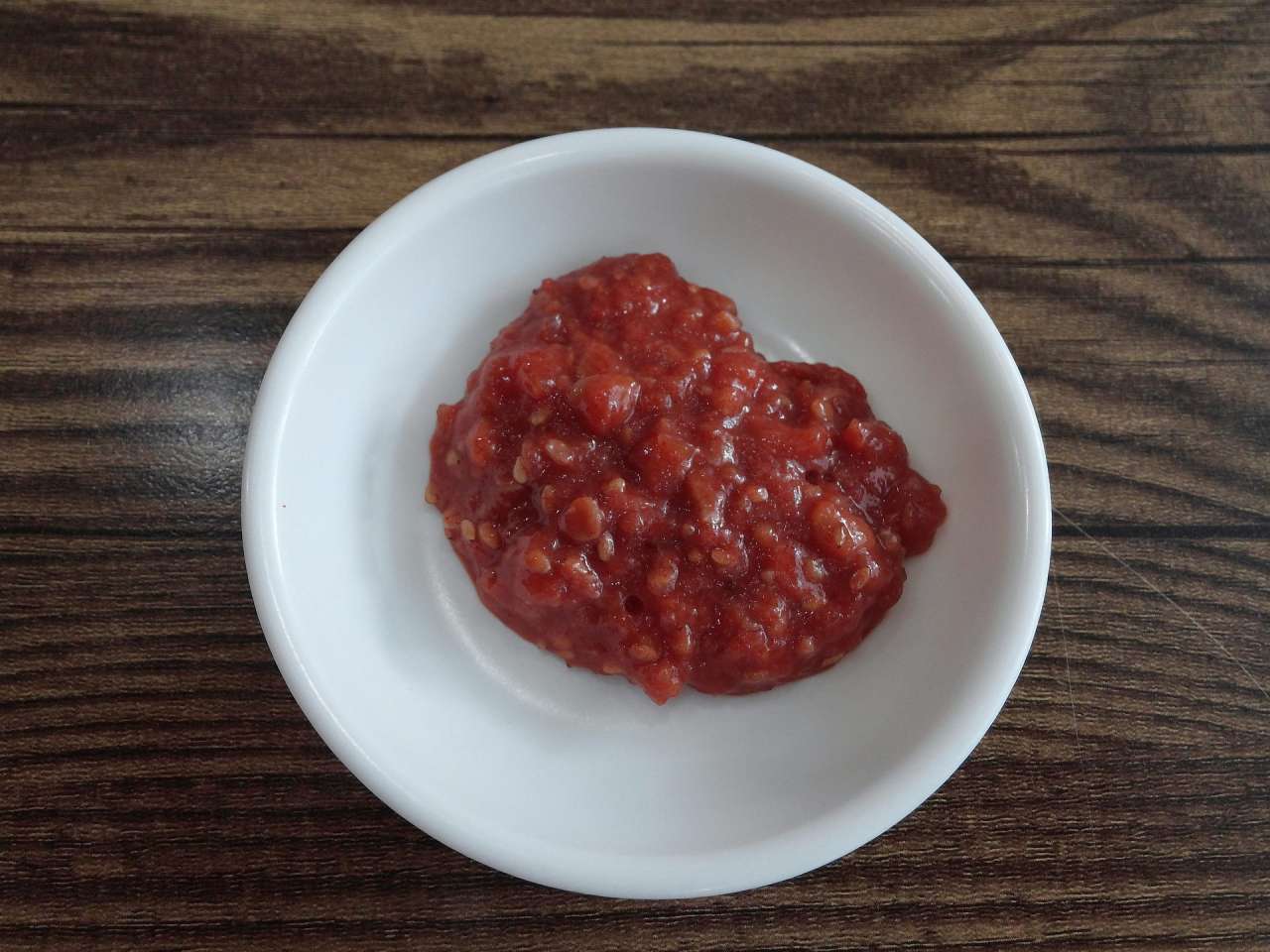Miso Paste: What It Is and How to Eat It
Miso paste is a thick brown mass with a specific colorful aroma inherent in oriental cuisine. Its taste is salty and piquant.
Miso paste is added to first courses and appetizers. A classic of the genre is Japanese miso soup prepared using this paste.
What is in miso paste
Miso, traditionally produced in Sakai, uses soybeans and rice koji in a 2:1 ratio.
The koji mold culture that enables fermentation is a traditional and unique element of Japanese cuisine.
Sourdough is made by growing Aspergillus oryzae on parboiled grains of rice or barley.

What are the benefits of miso paste
In general, “miso” is translated from Japanese as “fermented beans.” They contain millions of important and beneficial bacteria for our intestines.
This pasta is rich in protein and is an excellent source of protein.
Sauces, ice cream, soups, dressings, glazes and much more are prepared with the addition of miso.
What is miso paste used for
Miso paste is often fried with onions and spices and used as a seasoning for salads or in sashimi, shami, onigiri and rolls, or simply eaten with fresh cucumber, radishes, and green onions.
Miso paste dissolved in hot water can always replace tea or coffee.
What is the difference between light and dark miso paste
Miso paste is primarily used as a base for miso soup; but is also widely used as a condiment, along with soy sauce. How is light paste different from dark paste?
“Dark” and “light” are conventional names. The main difference is the degree of fermentation.
Should miso paste be stored in the refrigerator
Miso is usually sold as a paste in a sealed container, which must be refrigerated once opened.

